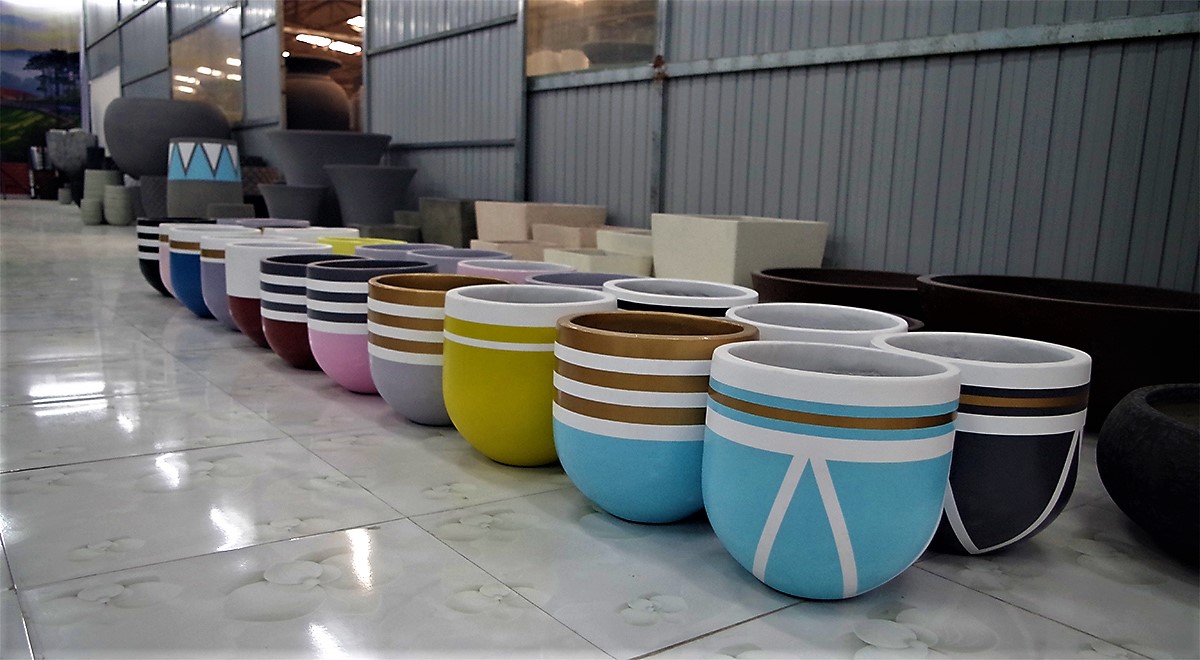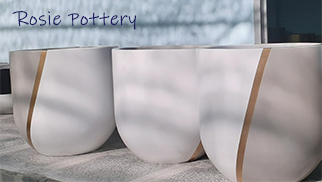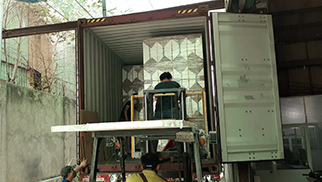Some Ideas For Interior Hanging Cement Plant Pots
April 18, 2019DECORATING OUTDOOR SPACES WITH CEMENT PLANT POTS
April 23, 2019Vietnamese Cement Plant Pots - All shapes and sizes
While most plant pots and containers have proportions roughly the same – the diameter is pretty much the same as the depth – some are specifically designed with the needs of particular plants in mind and can be deeper or taller.
Deep containers
Some plants have very deep roots, such as roses, tomatoes, clematis and sweet peas. With a deep container, the top of the compost tends to dry out quite quickly, so you need to make sure that you water frequently. You also have to bear in mind what the plant will look like when it reaches maturity. A dwarf or low-growing plant will look out of scale in a large, deep pot; while a larger shrub will soon outgrow it.
Shallow containers
These may only be a few inches deep and are ideal for plants which naturally need very little soil to grow, such as rockery plants and alpines, or spring bulbs such as crocus and herbs.
Tall, slim containers
Looking a bit like a bigger version of a domestic vase, these need lots of compost and can also be a bit unstable. To stop them falling over, the trick is to put some heavy material, like stones, in the bottom. They can make a striking feature on a patio or by a doorway and are great for ‘architectural’ plants like box, wispy grasses or trailing plants like petunias or lobelias.




